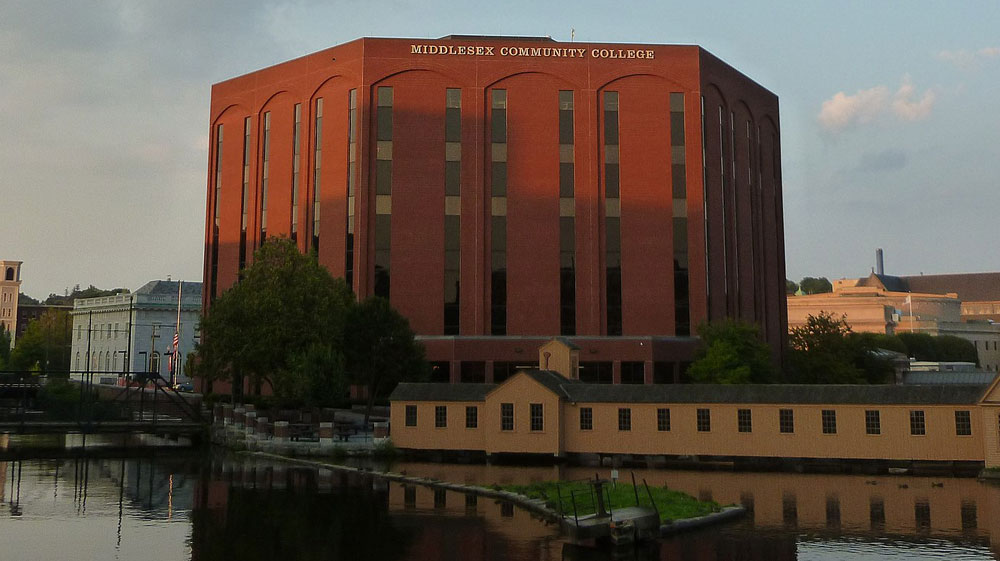
September 3, 2020, Boston Globe
The traditional fall college semester has become a blend of different experiences and opportunities during the COVID-19 pandemic.
Nonprofit Quarterly saw increases in enrollment and new programs at some colleges over the summer. The anticipated drop in Minnesota never manifested, and community colleges in New York formalized partnerships with four-year schools to guarantee their credits would transfer from the community college to encourage students to pursue a Bachelors. Meanwhile, prospective first-year students have been kept waiting as their chosen schools decide if they will be welcome in the dormitories and whether there would be in-person classes.
Take the story of Kaleigh Jenness, which she told to the Boston Globe. Jenness planned to attend the University of New Hampshire but decided at the last moment to save money and stay home instead, taking her classes online except for a science lab at Middlesex Community College. Massachusetts’s community colleges classes are mostly online for the fall; this means she can work at the same time, improving her financial position to advance on her path to become a cardiologist.
“One day I was going to UNH,” Jenness says. “I had a roommate and everything—and then I realized it was not the best plan for me money-wise.”
Sign up for our free newsletters
Subscribe to NPQ's newsletters to have our top stories delivered directly to your inbox.
By signing up, you agree to our privacy policy and terms of use, and to receive messages from NPQ and our partners.
Part of the uncertainty comes from job instability, both for students and those who support them. A year or two of community college is an affordable alternative that keeps momentum from being lost.
“We are certainly putting the word out that we are welcoming folks who for one reason or another don’t feel they want to go ahead with the plans they thought they might have for the fall,” said Linda Brantley, Massachusetts’s North Shore Community College’s director of public relations and new media.
James C. Mabry is president of Middlesex Community College and chair of the Massachusetts Community Colleges Council of Presidents. Though it’s difficult to measure, Mabry believes anecdotal evidence supports the belief that the number of students choosing to start at community college in the current unsettled environment is significant. Average tuition for a two-year public college without room and board is $3,730. For a public four-year, that number is $10,440— and it rises to $36,360 for the average private four-year school. However, there’s been a five-percent drop in community colleges nationwide that Mabry attributes to a decline in traditional college-aged students.
Community college enrollment in New York was significant before COVID-19. The State University of New York (SUNY) system counts 30 community colleges among its 64 public institutions of higher learning. Last fall, community college enrollment comprised 192,959 out of SUNY’s total enrollment of 415,572—a number that includes graduate students. It’s notable that OpenSUNY, the online program, had been growing steadily for five years before the pandemic, with the number of students who were taking all classes online about equal to the community colleges.
Online classes fit better into the lives of young students who cannot afford to sit in a classroom. Either they must work, or they are nontraditional students who have returned to school after establishing a life that includes a full-time job and a family. This opens up college to a more diverse student body. While a four-year college with sports and Greek life is still likely to have a strong presence, for those right out of high school, college education is changing. With the variety of methods—online, in class, individual mentoring, independent study—higher education can be there for people where they are, in their work, career path and their life.—Marian Conway













